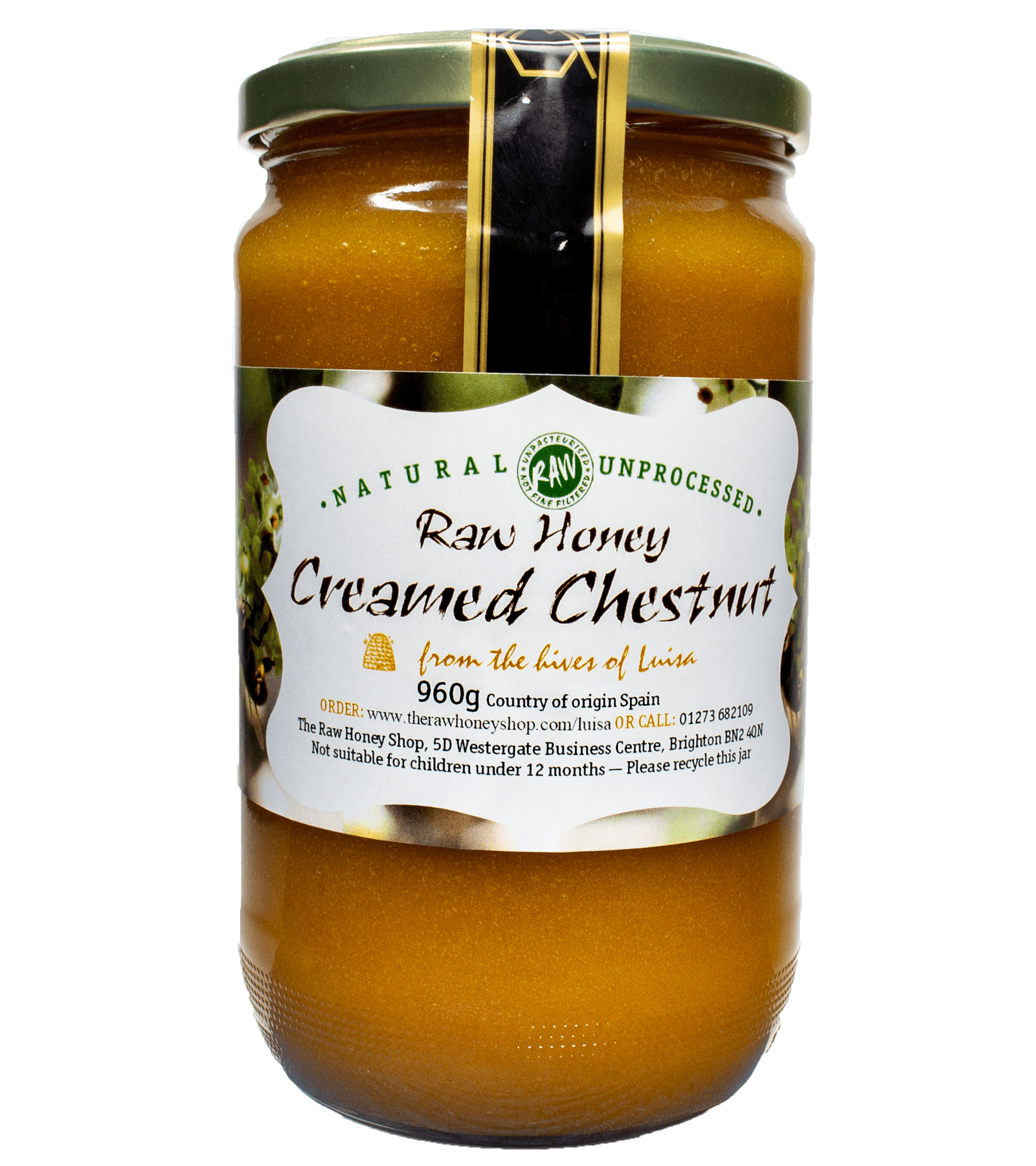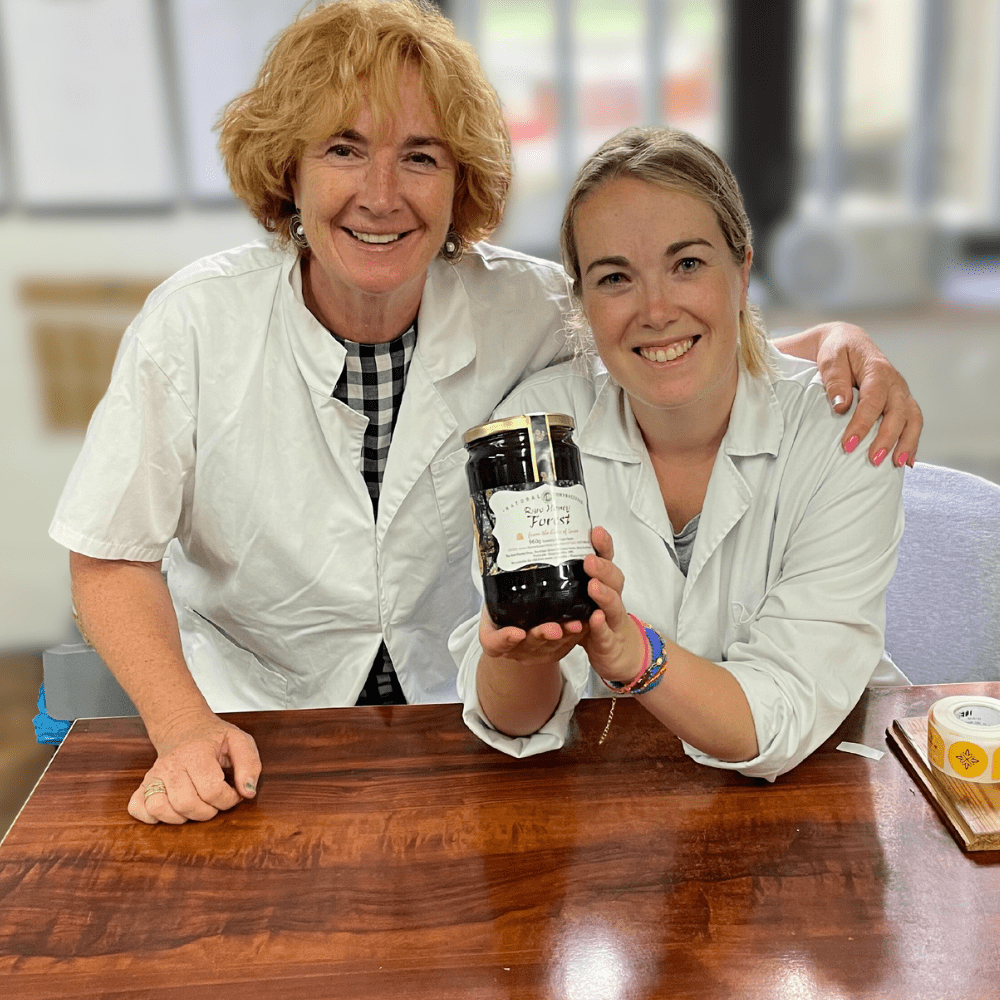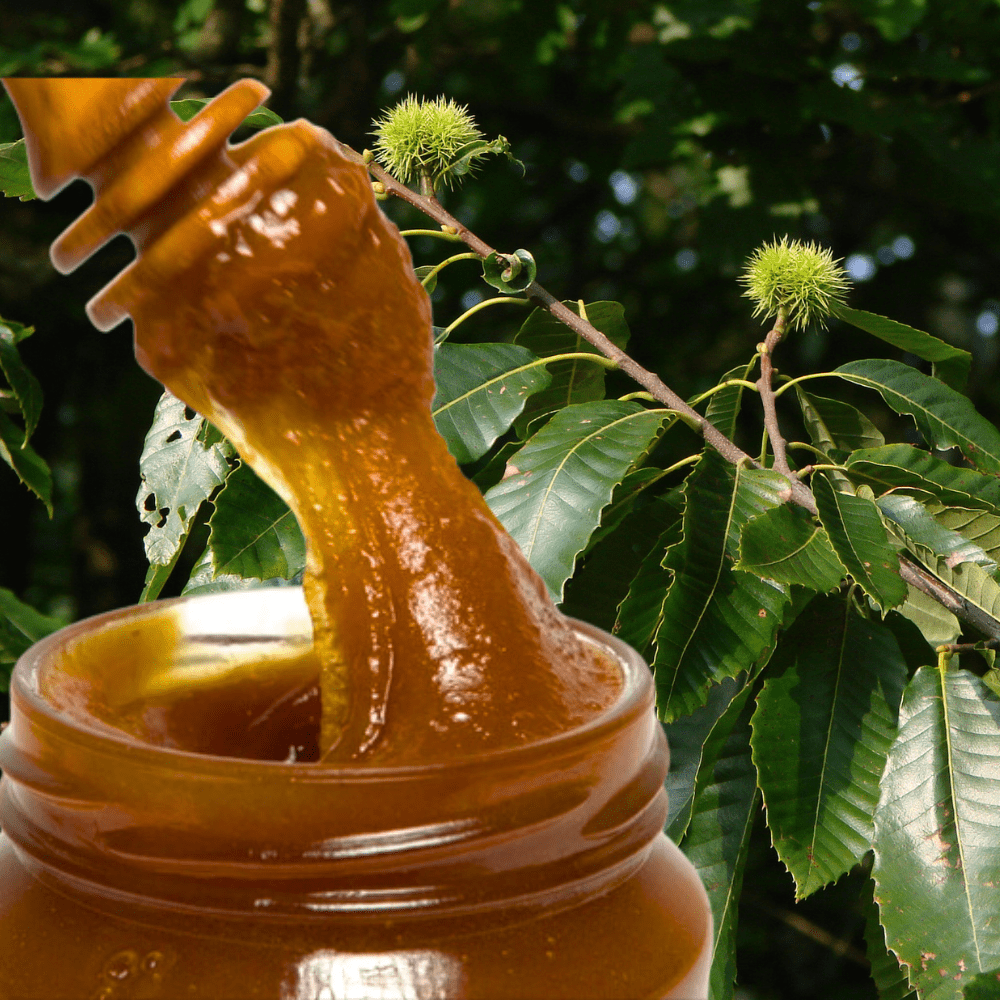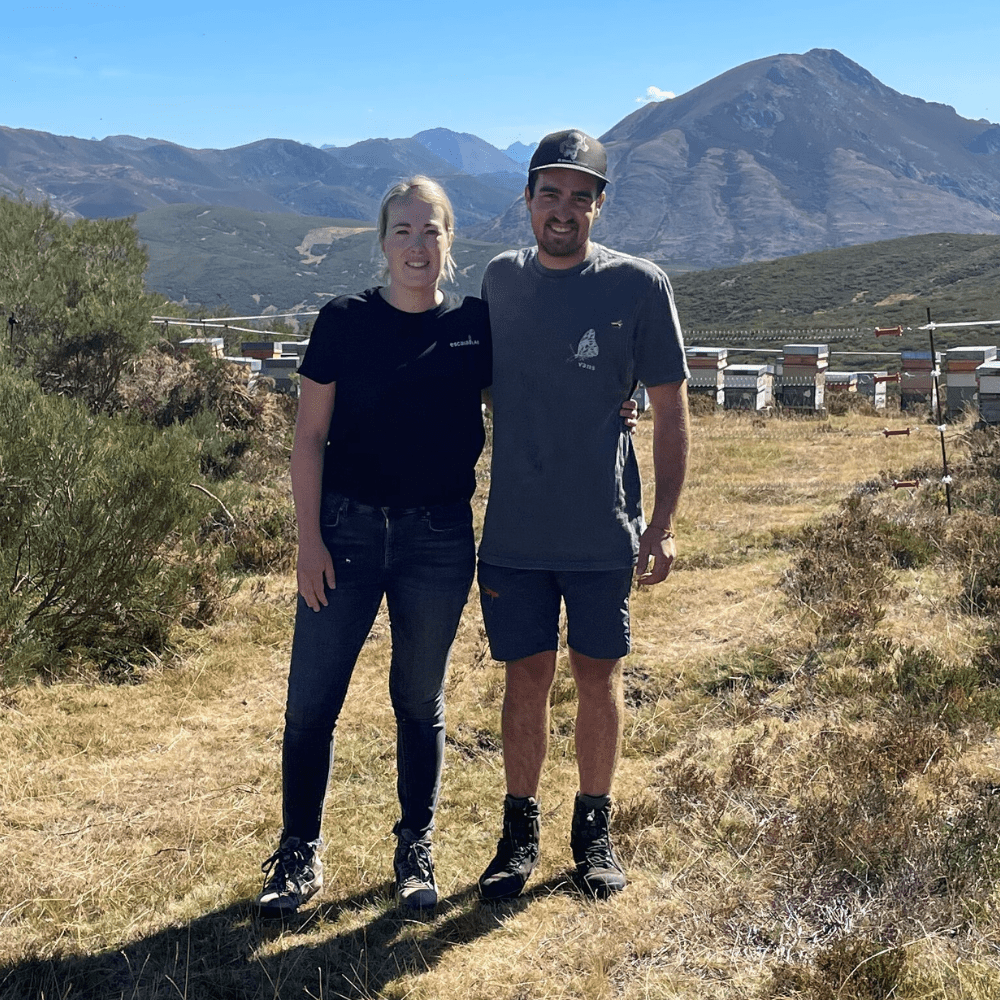Raw Creamed Chestnut Honey - 960g - Sale Item - Best Before date 31/12/2024 Creamed
- Regular price
- EUR 20,95
- Sale price
- EUR 20,95
- Regular price
-
EUR 25,95
Our Returns and Refund Policy
This policy applies to our retail orders only. If you are a trade customer, please contact us directly.
HOW DO I MAKE A RETURN?
If your order arrives and there is a problem then please email us at info@therawhoneyshop.com or call us on 01273 682109. Include your order number if possible and details of the problem. If it is necessary to return the order, the product must be returned to us unopened and in the same condition as when it arrived. So please re-pack it with care using the original packaging or a suitable alternative and we can supply you with a freepost label. If we need to issue a refund, once we have the package back with us, we will issue you a full refund or replacement.
IMPORTANT: If your order has arrived damaged, then please dispose of any broken jars and glass safely and quickly. Please do not attempt to wash or clean the jars as there may be small chips that can cause cuts.
Contact us at info@therawhoneyshop.com and let us know the details, including your order number and if possible, attach pictures. These are helpful for us in terms of improving our processes and for any claims we may make against the carrier.
We will resolve this issue by either sending you a new product straight away or refunding your order in full.
If your order is a large tin or tub weighing over 1kg and arrives damaged:-
Unfortunately, we cannot accept returns on tins or tubs of over 1kg. If your tub or tin arrives slightly damaged and leaking, we are happy to give you a partial refund on the amount of honey you feel has been lost. Unfortunately, we cannot replace whole tins or tubs unless more than 50% of the honey has been lost. We would then request you send us pictures so that we can assess the damage and agree the replacement.
Sale items are sold as per the description and we cannot accept any returns.
We hope that you will never be unhappy with any honey that you buy from us, but if on the rare occasion that this does happen, please do get in touch with us as soon as you can, and we will be happy to find a solution for you.
Our Returns Policy
If there is a problem with your honey - provided no seals have been broken and the product has not been opened (i.e.: it must be in 'new' condition) you can return your honey to us up to 35 days after you have made your order. Excluding sale items which are sold as per the description and cannot be returned.
We will process your refund within 14 days of having received the returned good(s) or proof of having returned the goods (for example, a proof of postage receipt from the post office), You will be refunded for the full cost of the product(s) as well as any original shipping fees paid.
If you are returning part of a larger order, you may only be refunded a portion of any shipping fees paid.
Please note we cannot issue refunds or replacements for honey because it has crystallised.
We indicate on the website the state of each honey - either runny or crystallised but this information is based on the best of our knowledge and the state can change quickly – particularly in the colder months of the year. The crystallisation process is completely natural (even processed honey will crystallise eventually). If we have indicated that the state is runny and it is crystallised when you receive it - this simply means that it has crystallised quicker than we expected, which can happen. It does not indicate that there is a problem with the honey and therefore is not covered by our returns policy.
Please note that refunds on items bought as gifts can only be issued to the original purchaser.
The Raw Honey Shop reserves the right to apply and interpret this extended returns policy as it decides is most appropriate.
Consumer Contracts Regulations
If you have purchased our products online or over the phone, you will be covered by the statutory Consumer Contracts Regulations.
Consumer Contracts Regulations do not apply to perishable items (eg: fresh royal jelly and fresh bee pollen) or goods with a seal for health protection and hygiene reasons that's been broken.
If the item(s) you receive is somehow faulty or otherwise not as described, your right to return your item(s) is covered under the Consumer Rights Act 2015.
If you have any questions or need assistance with this, please contact us at info@therawhoneyshop.com or call on +44 (0) 1273 682109.
Raw, natural and one of the purest honeys because of the remote area it comes from.
Antibacterial, coarse-filtered, unpasteurised, and enzyme-rich.
This raw Creamed Chestnut comes from the Cantabrian Mountains and hills in Asturias, a green and unspoilt area in the north of Spain.
This honey has been cold creamed, which gives it a smooth, spreadable consistency, with a very fine crystal structure.
Please note this honey has now passed its best before date which is the reason why this item has been discounted. Honey never goes off so it is perfectly safe to eat. The best before date is purely an indication of when the honey is likely to crystallise.
Luisa's Raw Creamed Chestnut Honey has deep, full bodied, slightly smoky, earthy tones, that deliver a more savoury taste than most other honeys. It has a slightly bitter taste. It has caramel notes coming in around an essence of deep, black raisins and prunes, leaving a slightly ferrous tingle on the tongue.
The strong overall flavour makes it perfect for those who love dark, strong honeys.
Colour: This honey is a light, creamy brown.
Where does the honey come from?: This variety of chestnut honey comes from Cantabria, a largely untouched, wild and diverse region in the north of Spain. Luisa's hives are well away from sources of pollution in the national parks.
Who produces this honey?: This honey comes from Luisa and her daughter Olaya. She is a beekeeper with a passion for producing raw honey of the very highest quality - with a lot of attention to detail. Her honeys have a full, rich flavour typical of many products from the region.
What about the plants the honey comes from? This comes from the flowers of the Sweet Chestnut Tree. It is known for being high in minerals.
Common Uses: Chestnut honey is particularly good to use to aid a sore throat or cough as well as in recipes such as rich cakes and meat glazes.
Chestnut Honey Facts: Chestnut honey tends to be a honey that is furthest away from sources of pollution, so is one of the purest honeys available.
Please know that raw honey does crystalise and this is a natural process that occurs mainly due to the natural glucose in raw honey. For more information on why honey sets visit this article and for a more scientific explanation go to wikipedia.
About Us - Here at The Raw Honey Shop we take honey very seriously and we believe honey should be RAW, unpasteurised and 100% natural. Since 2008 we've been introducing our customers to a whole new world of pure all natural unpasteurised raw honey. With a product catalogue consisting of over 30 different raw and organic honeys we have a variety to suit all tastes.
Thank you for visiting our shop and we look forward to introducing you to a world of raw, pure and truly wonderful natural honey, the way the bees would want it!
*Product photo is representative of this product. Honey colour and texture may vary depending on the season and level of crystalization. Please check the product title and description for accurate contents.*


















